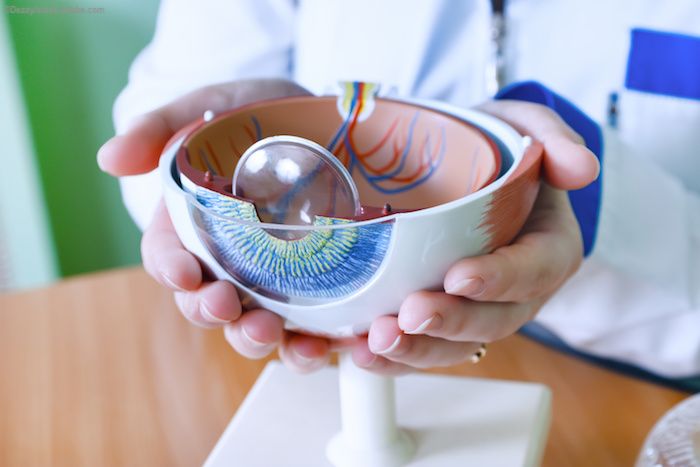Article
Risk Factors for rhegmatogenous retinal redetachment after Infectious endophthalmitis
Author(s):
Retinal redetachment can occur frequently in eyes that underwent repair of rhegmatogenous retinal detachments (RRDs) after infectious endophthalmitis.
(Image Credit: AdobeStock/Stasique)

Frances Wu, MD, and Leo Kim, MD, PhD, from the Retina Service, Massachusetts Eye and Ear, Boston, reported that retinal redetachment can occur frequently in eyes that underwent repair of rhegmatogenous retinal detachments (RRDs) after infectious endophthalmitis.1 The study reported a 50% redetachment rate.
They conducted a retrospective chart review of patients who underwent surgery to repair an RRD after endophthalmitis developed from 2008 to 2021. The study goal was to determine the incidence of and risk factors for retinal redetachment. Patients were excluded who had had a previous RRD, trauma, implantation of a keratoprosthesis, or less than 3 months of postoperative follow-up.
The investigators identified 34 patients (n=34 eyes) who met the inclusion criteria. The patients were predominantly male (mean age, 60.1 years). Exogenous sources of endophthalmitis were more common than endogenous sources, ie, 58.8% versus 41.2%, respectively.
Half of the patients had a retinal redetachment.
The investigators identified 3 significant risk factors associated with the redetachments: infection with virulent organisms, hypotony, and postoperative proliferative vitreoretinopathy. They also reported the factors that were not significantly associated with the redetachments: the initial management with vitreous tap or vitrectomy, exogenous versus endogenous sources, and surgical procedure.
At the final follow-up examination, the retinas were reattached in 32 of 34 eyes (91.2%), although more than one-third had a silicone oil tamponade.
In commenting on the results, the authors said, “Early vitrectomy, with or without prior vitreous tap, was not associated with a higher risk of redetachment and improved the likelihood of a positive culture result. Culture data can aid in risk stratification because organism virulence was a risk factor for recurrent RRD. Although visual outcomes were generally poor, most retinas remained attached at the final visit.”
Reference:
1. Wu F, Kim L. Outcomes of rhegmatogenous retinal detachment repair following infectiousendophthalmitis. Retina 2023;43:600-5; DOI: 10.1097/IAE.0000000000003706
Newsletter
Don’t miss out—get Ophthalmology Times updates on the latest clinical advancements and expert interviews, straight to your inbox.





